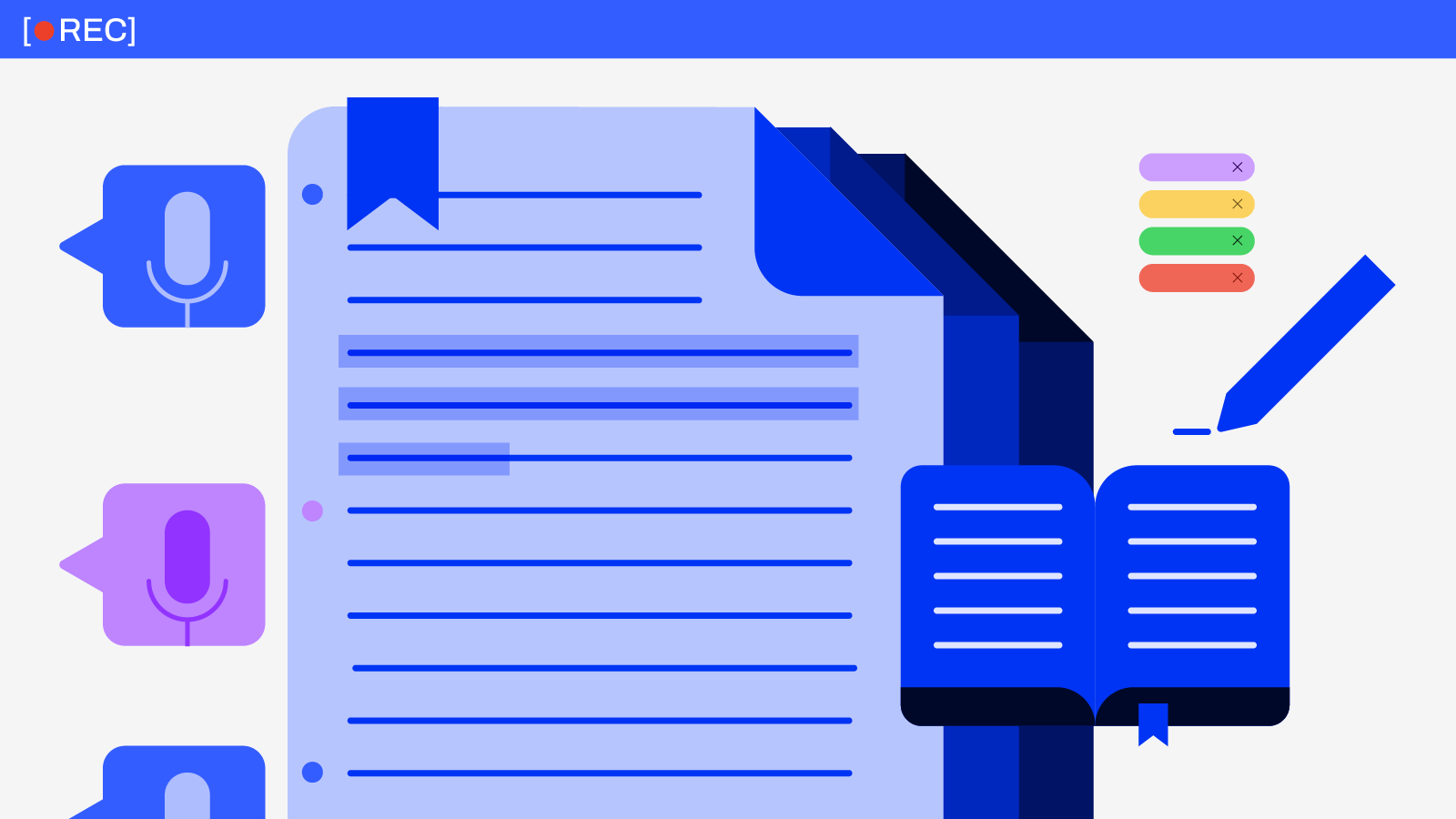Knowing how to take effective notes and study efficiently are essential skills for any student. While traditional note-taking methods have their place, utilizing transcripts as study aids can be a game-changer in the quest for academic success. We explore how students can use transcripts to enhance their note-taking and study strategies, ultimately improving their learning outcomes.
What Are Transcripts?
Transcripts are written records of spoken or written content. They provide a written version of information, such as conversations, lectures, interviews, or presentations. Transcripts are valuable tools for reference, accessibility, and enhancing comprehension, making them useful in various educational and professional contexts.
Study Efficiently With Transcripts
Transcripts are immensely useful in helping students study more efficiently, making the learning process more effective and accessible:
1. Enhanced Comprehension
One of the primary advantages of transcripts is that they provide a comprehensive and written version of the content. Students can read along while listening to a lecture, discussion, or audio material. This dual-sensory approach reinforces the information and aids in better comprehension. It allows students to clarify any misunderstood or misheard words, leading to improved retention of the material.
2. Improved Organization
Transcripts offer a structured and organized format for content. Students can access the information in a well-arranged text, making it easier to review and locate specific topics. This organization aids in creating a coherent set of notes for future reference.
3. Accessibility and Inclusivity
Transcripts cater to different learning styles and abilities. They benefit students with hearing impairments, non-native English speakers, or those who simply prefer reading to listening. By providing multiple pathways to access information, educational institutions create a more inclusive and accessible learning environment.
How to Create Transcripts Efficiently
Now, let’s delve into the practical ways students can incorporate transcripts into their note-taking and study routines:
1. Request for Transcripts
When attending lectures or online classes, students can request or access lecture transcripts if available. These transcripts serve as valuable supplements to in-class notes. Students can follow along with the transcript during the lecture, adding their own annotations or highlights. This method ensures that they capture the most important information while listening to the instructor.
2. Self-Transcribing
In cases where transcripts aren’t readily available, students can transcribe important parts of the lecture or discussion themselves. This approach promotes active listening and allows students to engage more deeply with the material. Additionally, the act of transcribing information reinforces memory.
However, self-transcribing can be a manual and tedious task. We recommend recording your lectures and uploading them onto Auris AI to generate transcripts automatically. Easily upload your files and edit the generated transcripts like a word document, and download them to have them easily accessible during your studies.
Auris AI allows you to transcribe the first 30 minutes for free, and offers one of the most affordable pricing plans. Students are also eligible for a 20% discount. Find out more here!
3. Annotating Transcripts
After obtaining or creating transcripts, students can use them as a basis for creating more detailed and structured notes. While reviewing the transcripts, they can add their own comments, questions, and key takeaways. This personalised layer of annotations serves as an effective study guide.
4. Organising Study Material
Transcripts can serve as the foundation for organising study materials. Students can compile transcripts of various lectures, discussions, or readings related to a specific topic. This consolidated resource can then be used for comprehensive review and exam preparation.
5. Keyword Searches
One of the significant advantages of transcripts is their searchability. Students can quickly locate specific keywords or concepts within the text, making it easy to find relevant information for assignments, papers, or exams.
Conclusion
Incorporating transcripts into note-taking and study practices can be a transformative strategy for students. They offer enhanced comprehension, better organisation, and accessibility. By actively engaging with transcripts, students can take more structured and effective notes, which, in turn, improves their overall study efficiency and retention of material. Whether attending lectures, self-transcribing, annotating transcripts, or organising study materials, the use of transcripts as a study aid can contribute to academic success and improved learning outcomes.






